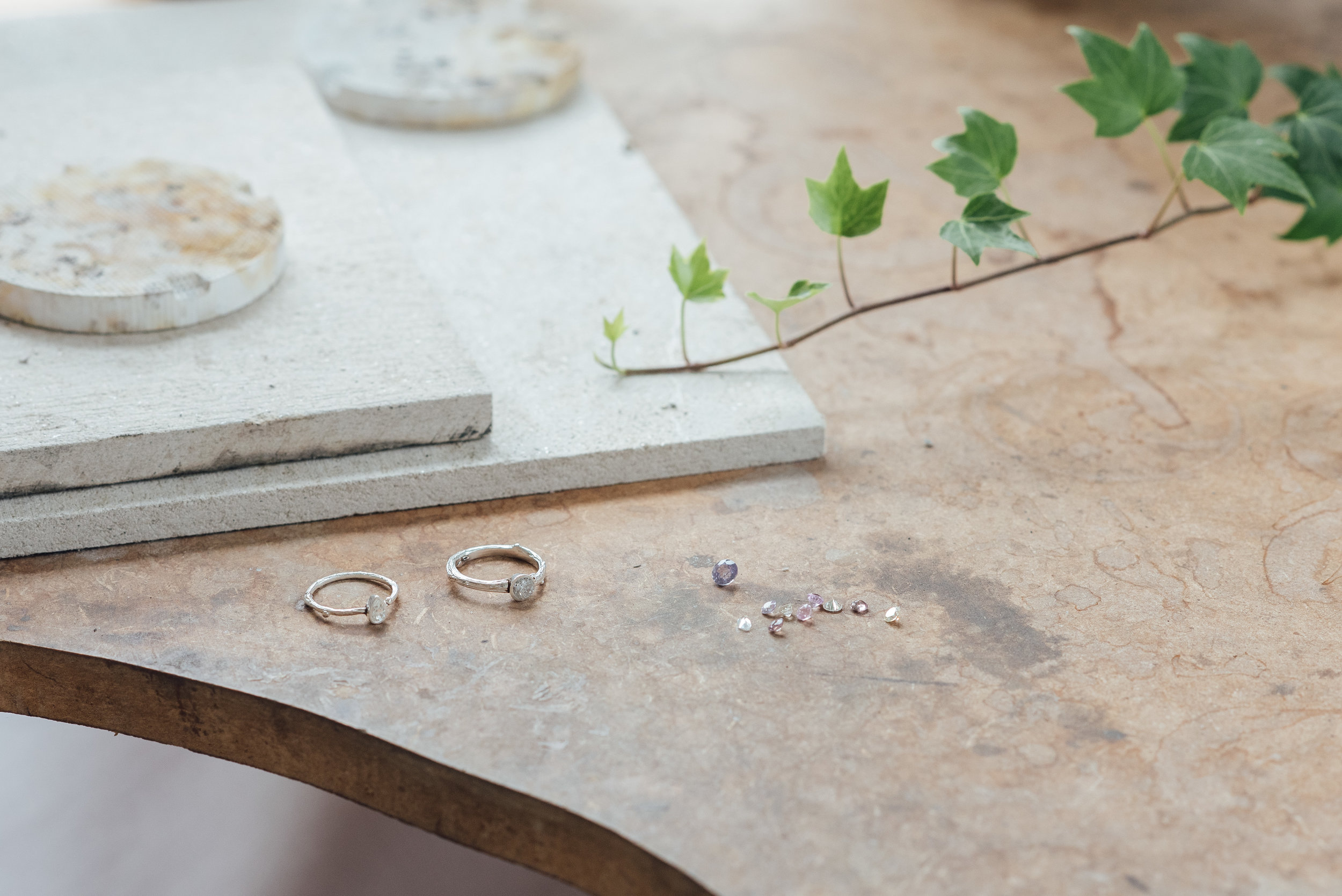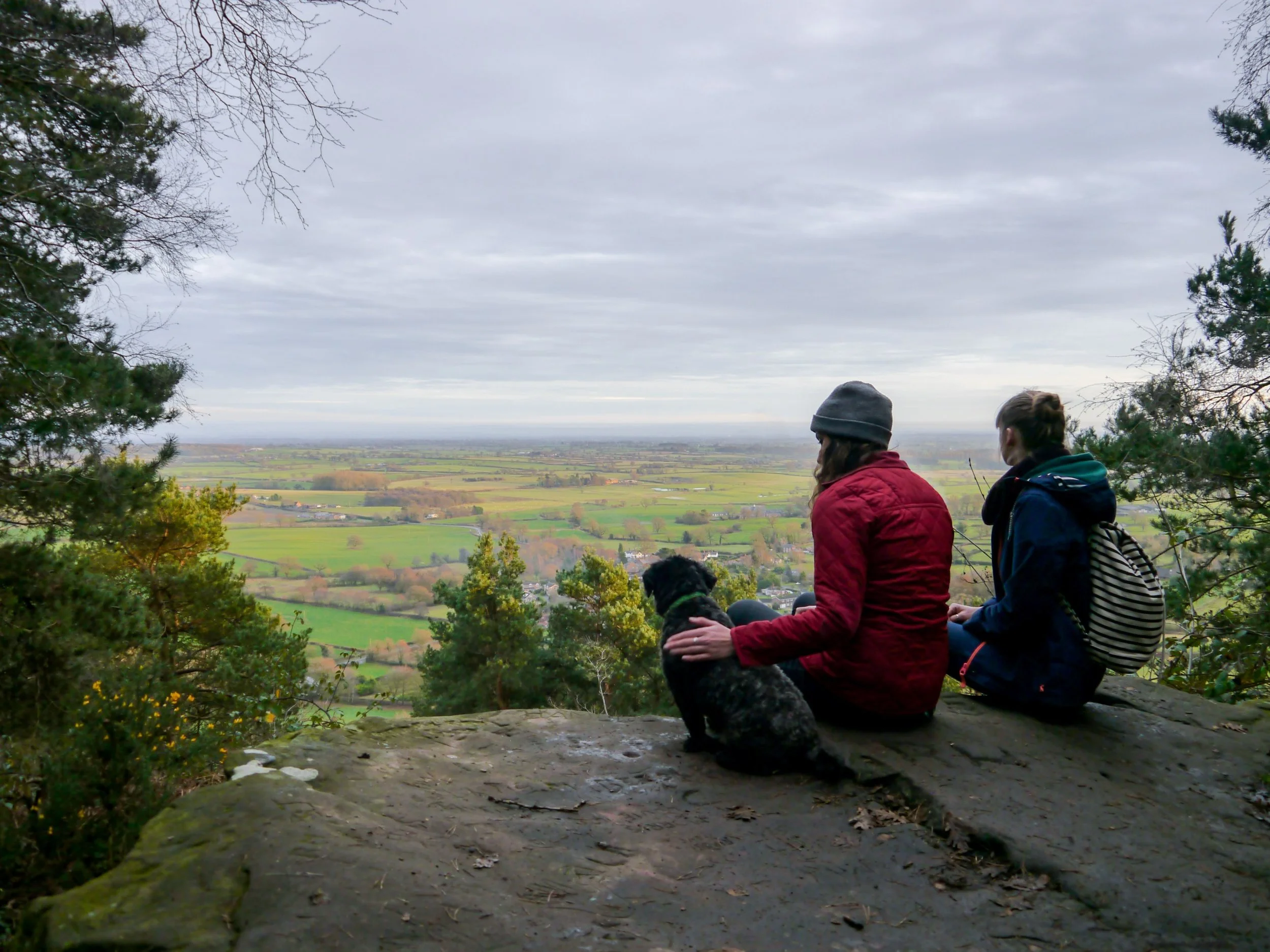Photographer and graphic designer Anastasia shares her process and evocative work with as we move slowly into the colder months.
Jessica: I’d love for you to start by telling us more about you and your work, and what it is you do?
Anastasia: I live in Moscow and I am a graphic designer. In addition to design, I also do photography, in which I am attracted to both portrait and landscape.
I like that design and photography complement each other. There is always the opportunity to develop further, though design is my main speciality. I like to create new and creative printing products, corporate identity, logos.
Recently I attended the “Discover Moscow” workshop and became interested in architectural photography.
Jessica: What do you love most about what you do?
Anastasia: Most of all I like it when I find locations for my work, photographing objects of interest to me. I can spend the whole day processing photos.
In design, I like to realise my ideas and make the design of printing products. I like to feel the material in my hands, for example, it can be a printed magazine and a book, a booklet, a poster. Especially if the design looks relevant and functional.
Jessica: Can you tell us about your work-space, and what a typical day is like?
Anastasia: I do not like to stay in one place. Sometimes, I can work on the bed, in the library, sitting at the table. Changing the location helps me look at my work in a different way and leads to new thoughts. But most of all I like working in the library. The silence, the environment of books and magazines, the surroundings make me happy and cheer me up.
My day most often begins with the university, with the exception of weekends and work on projects. I like to plan my weekends rest.
Jessica: What inspires your work?
Anastasia: Inspiration for me can be watching movies, reading books and magazines, listening to music, the work of artists and designers, and also looking at the surrounding things in everyday life. During a walk, I pay attention to architecture, how the sun illuminates the street and houses, I look from the window of the tram and bus. Time after sunset inspires me the most, the city transforms, the lights of buildings turn on, the windows light up and I go further along the street, inspired by the evening.
Jessica: What impact would you like to create with your work?
Anastasia: I want people to pay more attention to details in my photos. For them to look more precisely on what surrounds them in everyday life and in the environment.
In my work, I try to show a certain atmosphere and mood in the frame. I want people to feel it too and hope my photos would evoke emotions in them.
Jessica: And lastly, if someone reading your story were inspired to follow their own creative dream, what advice would you give them?
Anastasia: My favourite phrase is "Carpe diem". This phrase is from the film "Society of Dead Poets".
Living and enjoying the moment is very important for art. Because our condition is directly dependent on the creative spirit. The main thing is consciously being present and living life.














































